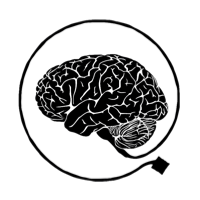Why Does Simplification Rule Out Explanation?
Commentary from Carrie Figdor on today’s post from Mazviita Chirimuuta on The Brain Abstracted (MIT Press). The animating idea of Chirimuuta’s book is that science, and neuroscience in particular, must engage in simplification in order to explain a complex world. The epistemic dangers of taking the outcomes of simplification strategies …



